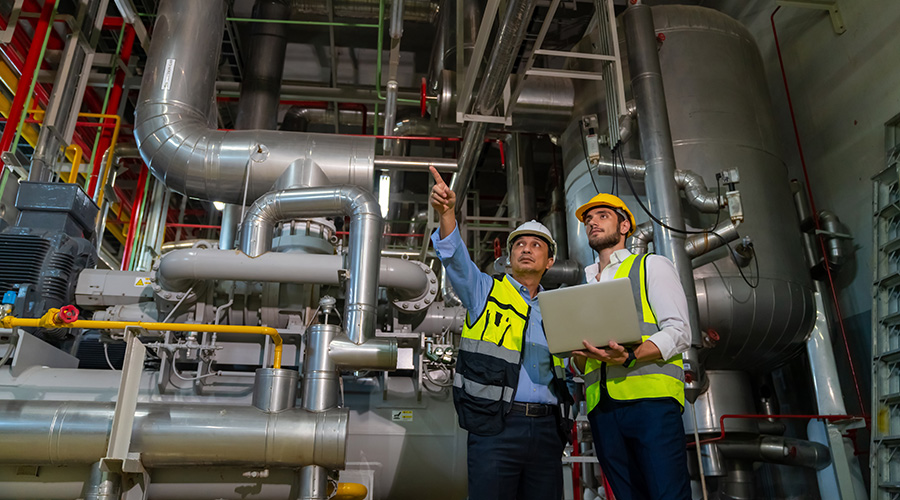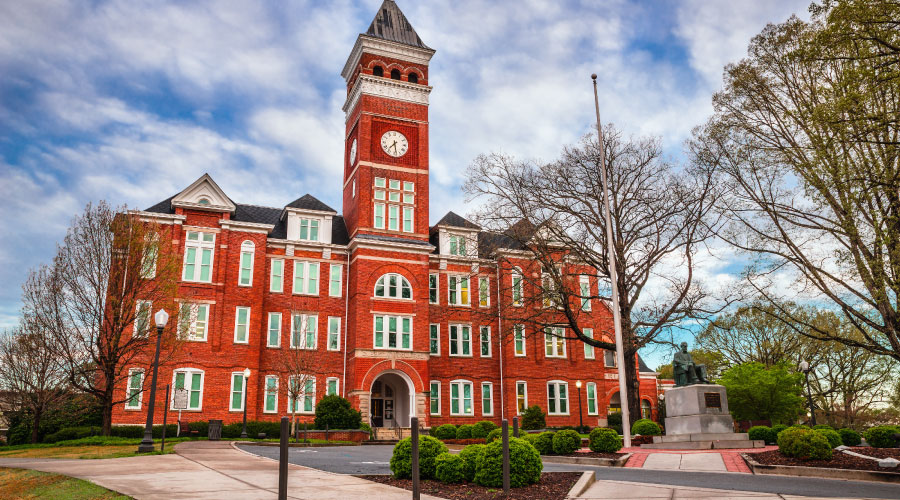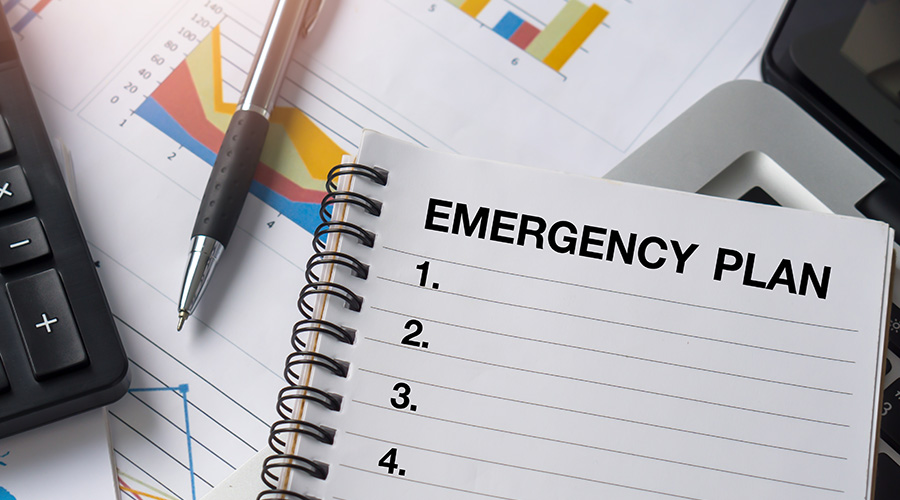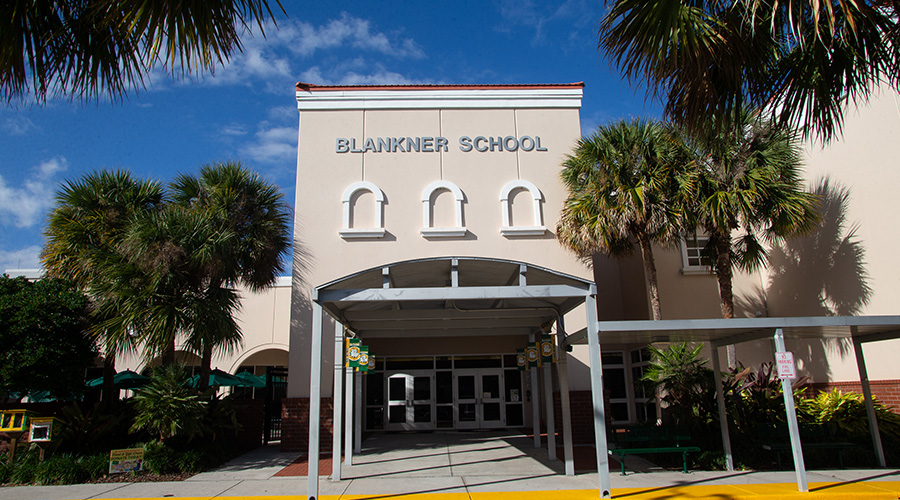Using Planning, Checklists, Other Tools to Improve Resilience in Existing Buildings
Part 1 of a 2-part article offering experts’ advice on strategizing against today’s growing threat list
When it comes to building resilience, Christopher Wade, now a veteran facility manager specializing in data centers, remembers a painful lesson. Although his tale dates to his early 20s, it underscores a key issue he and other experts on resilience mention: the need to think through strategies and situations in advance. Among the many aspects of that issue are the importance of planning, creating checklists, elevating electrical systems, and pre-thinking the potential domino-like effects of risk.
Wade, national technical services program manager at Newmark Grubb Knight Frank, was working at an early version of a data center when it lost power. No problem — the backup generators came on as planned.
But after a few hours, the generators suddenly shut down. They’d run out of fuel. This was odd, since additional fuel was onsite.
The problem was eventually isolated: The fuel pumps were only connected to normal utility power, not to generator power. So if stationary power ever went down, so (eventually) would the generator.
Eventually, hand pumps solved the crisis short-term. But the challenge of improving resilience — and avoiding problems like that one — has become a bigger part of the facility management conversation. There is even talk of a new resilience-rating system for commercial buildings. "Many businesses are not prepared for man-made or natural disasters, and statistics show that of businesses that do close because of disaster, at least one in four never re-opens," says Chuck Miccolis, senior engineering manager at the Insurance Institute for Business & Home Safety.
The threat list has grown, and today’s facility managers must be prepared for emergencies much more frequently than in the past, Wade says. Here are tips from experts for improving a building’s resilience.
The key to resilient building operations is planning. Do a hazard assessment for your particular building and area, including risks from neighbors, then develop an emergency response plan and business continuity plan.
Make a prioritized wish list to address the biggest hazards. Fire and life safety problems come first, while routine maintenance should be way down on the list, Wade says.
Focus on low-hanging fruit first. That could address such basics as managing occupant behavior, which might involve new signage or training sessions so people know how to react in an emergency, according to Mike Sweeney, associate principal at Arup. A new wall could prevent occupants from entering a potentially dangerous area in a certain situation. A good communication network should allow first responders to react without having to first dial back to a command center and then pass along its instructions. Daylighting and natural-ventilation strategies can make a building more functional in an emergency. Consider relocating equipment away from a fire-prone area of the building.
In planning, think outside your building and consider your community and employees, who could be desperate, hungry, and without power. "It’s important to understand the vulnerability employees may have with their homes," Miccolis says. If employees’ homes are destroyed or badly damaged, they’re going to be dealing with that and with their family’s safety and won’t be coming to work, he says.
If the building is still safe and accessible post-crisis, one expert advised, consider setting up a temporary childcare facility there.
Checklists are vital. Put them where everyone can find them, and keep a hard copy in the building and at a second location, Wade suggests. List the critical building systems, map the important switches, and compile an occupant contact list for emergency notifications.
A step-by-step list should describe how to properly shut down the building if it has to be evacuated, and who can do it. Likewise, who can properly re-inspect the facility, re-start it, and ensure the employees’ safe return?
Consider accumulated risk. Like one falling domino upsetting many more, unintended consequences can cascade from a single cause, Sweeney says. When Hurricane Sandy struck in 2012, 7 million gallons of water flooded the basement of a key New York City school administration building and ruined the power panels. But that also shut down the work order system for staff and database for transportation personnel who needed to reroute 7,700 buses.

Related Topics:














